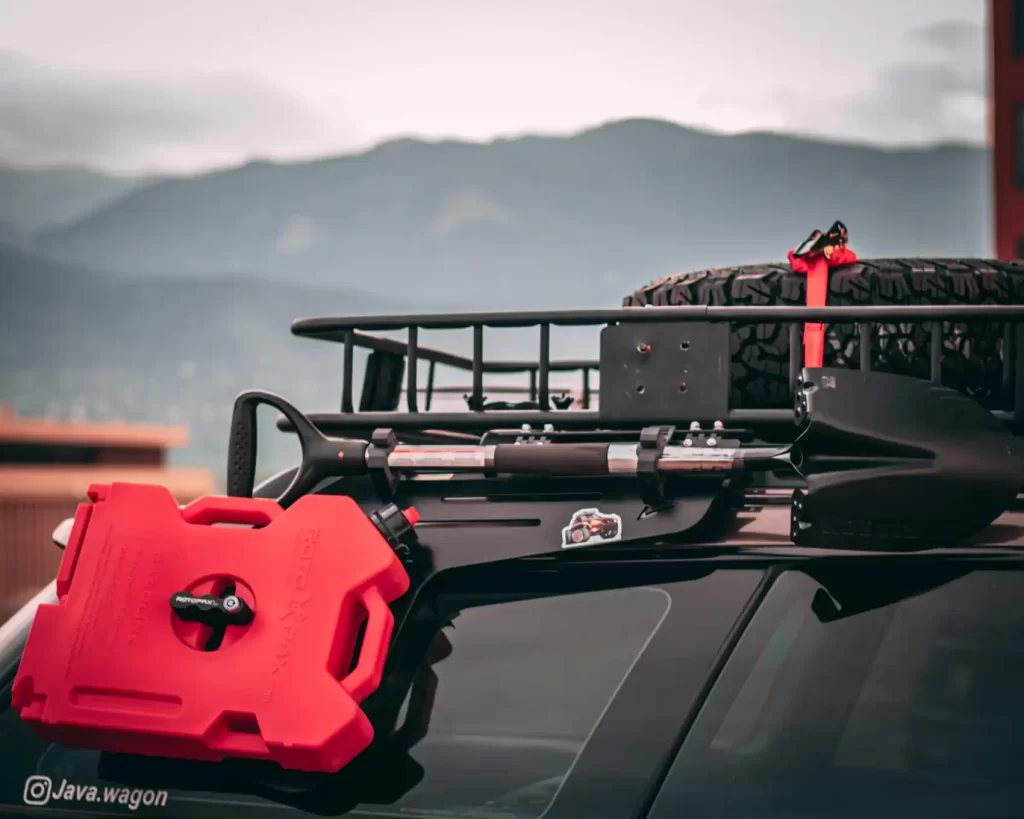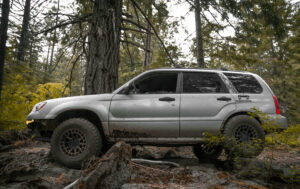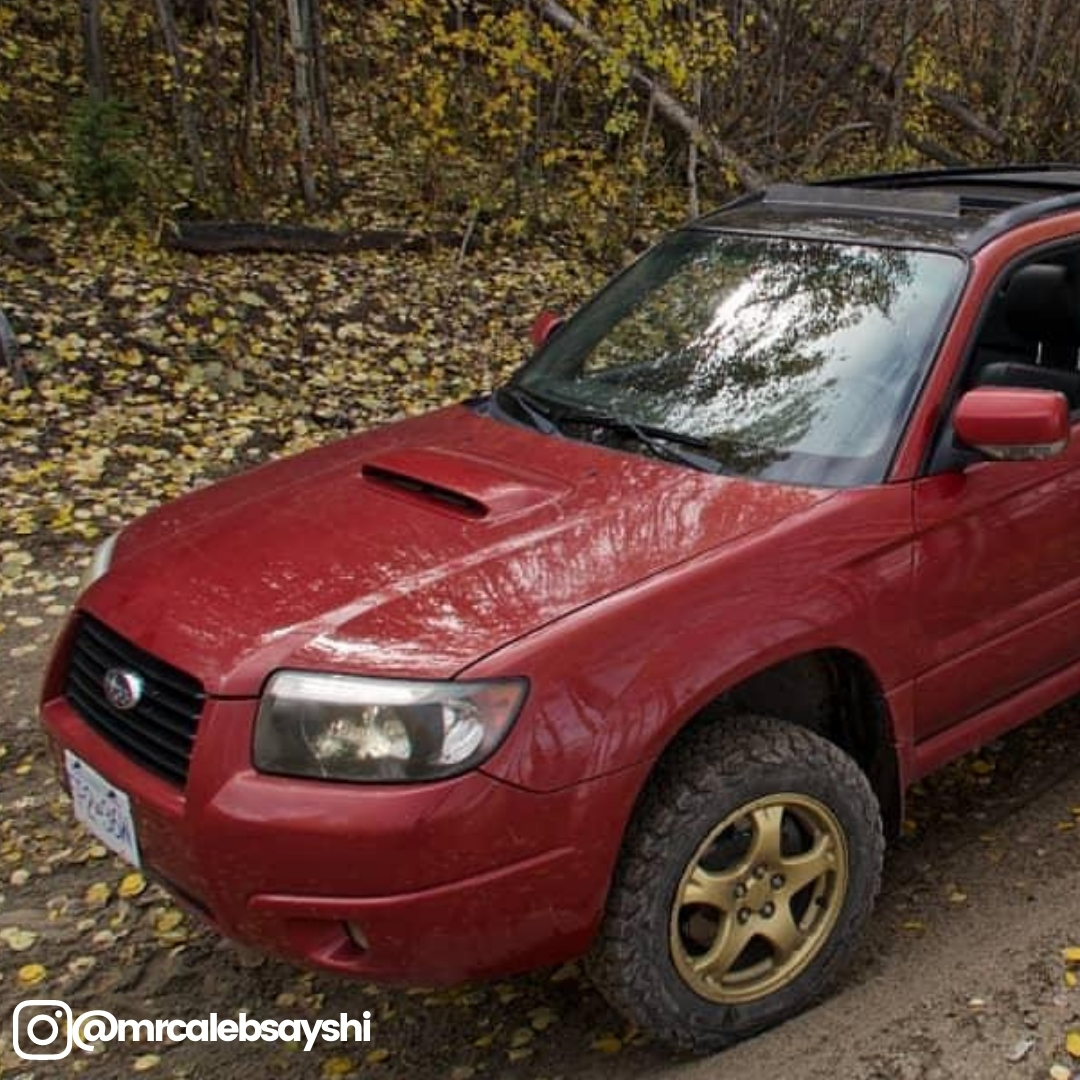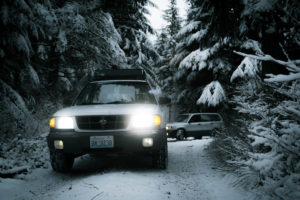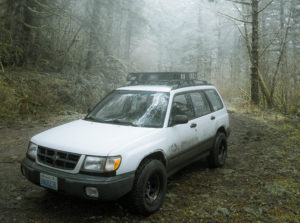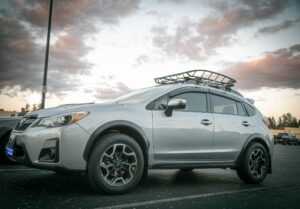When we’re out in the back country or deep in the forest on service roads, having extra fuel can be a great plan. Most vehicles have an impressive range of about 300-400 miles under normal driving conditions.
However, when you load up the car with gear, drive on rough roads, and slowly navigate around dangerous terrain, those numbers drop substantially. For those of us running lift kits and bigger tires, that pulls our gas mileage down even further.
If you want to make sure you can safely get back home from a long trip, storing extra fuel is a must. However, it can be very dangerous if it’s not stored properly. Follow these 5 tips when storing gasoline to make sure it’s done safely.
- Select An Approved Gas Can Or Jerry Can
- Fill The Container Appropriately
- Safely Store The Container Outside Of The Vehicle
- Always Secure The Container In An Upright Position
- Remove Extra Fuel From Vehicle When Finished
1. Select An Approved Gas Can Or Jerry Can
You never want to store fuel in a container that is not approved by Underwriters Laboratories, or Factory Mutual Approvals. They are made of materials that can handle fuel contact, are designed to safely accommodate mild expansion. Do not be tempted to use a milk jug or pop bottle to store gas, even for short periods of time.
Approved containers will have either a (UL) or a (FM) symbol on them. Look for one of these before purchasing a gas can. You can see the symbols below:
Some people prefer the metal jerry can style containers. But it’s usually a matter of preference as to whether you would choose a metal or plastic can.
We didn't think this would ever need to be said. But this is not a good idea:
Do NOT put gas in a non-approved container. Especially plastic bags…
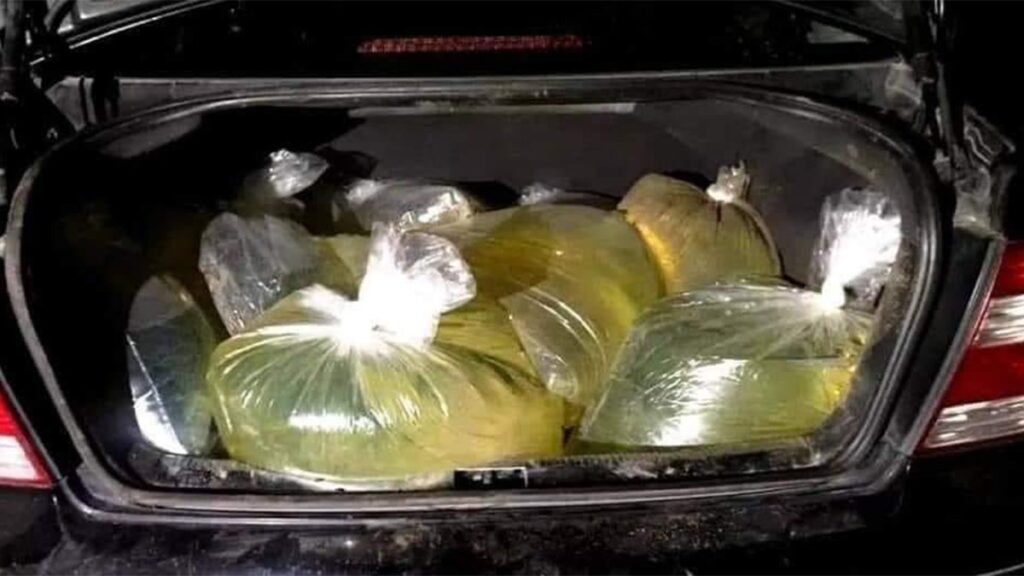
2. Fill The Container Appropriately
When storing extra fuel, remember to leave some extra space in the can. Most gas cans will have a “safety line.” Don’t exceed this amount, and according to Exxon, you should avoid storing more than 5 gallons of fuel at a time. Leaving room in the can will allow the container to handle the expansion that occurs as vapors are emitted from the gasoline. You can read more info about general fuel storage on Exxon’s site here.
Here you can see the safety line right below the spout near the top of the gas can:
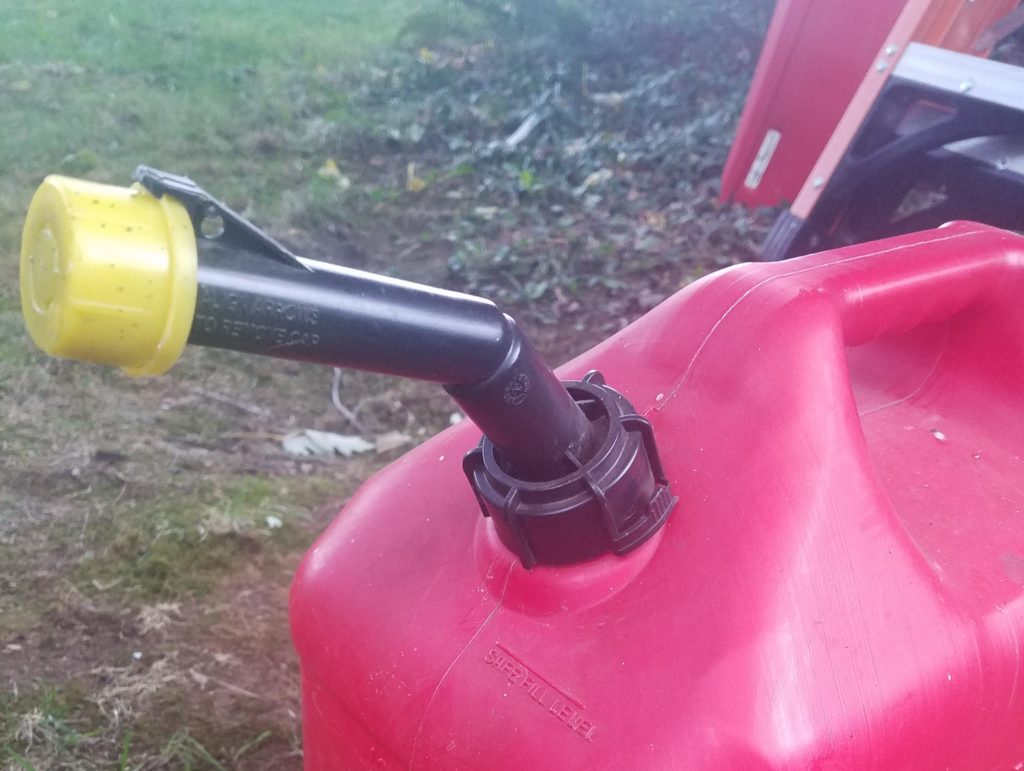
3. Safely Store The Container Outside Of The Vehicle
Never store the can in the passenger compartment of the vehicle. If you are forced to do so for a short trip, open the windows near the container and remove it as soon as possible. For longer trips, we recommend storage on a roof basket, or in a jerry can mount that’s located on the vehicle’s exterior. You can also get creative and find a place to strap it down on the bumper depending on your car’s design. (We only recommend this option for off-road use due to the safety concerns of a fender bender.)
You also want to remember not to store fuel in the trunk. The vapors can accumulate and cause a hazard.
On most trips, we just throw the gas can up on the roof basket with a bungee cord. It doesn’t have to be anything fancy!

4. Always Secure The Container In An Upright Position
Make sure that any additional fuel is stored securely, unable to tip or spill. It should be upright and have all caps and vents tightly secured.
We highly suggest getting a dedicated jerry can mount and installing it on your car. Whether you’re out camping for a weekend or just taking an afternoon drive in the woods, that is the safest way to have the peace of mind that comes with carrying extra fuel.
You also want to remember not to store fuel in the trunk. The vapors can accumulate and cause a hazard.
5. Remove Extra Fuel From Vehicle When Finished
Always remove the fuel can as soon as you are back home, and store it in a cool, shaded area away from any potential fire hazards. Taking it off of your car when not in use will reduce the chance of fire hazards, and theft.
Also make sure to double check to be certain that carrying extra fuel in your vehicle is legal in your local area. Some cities may have laws that dictate how you can store gas in your car.
Our Top Picks For Fuel Containers:
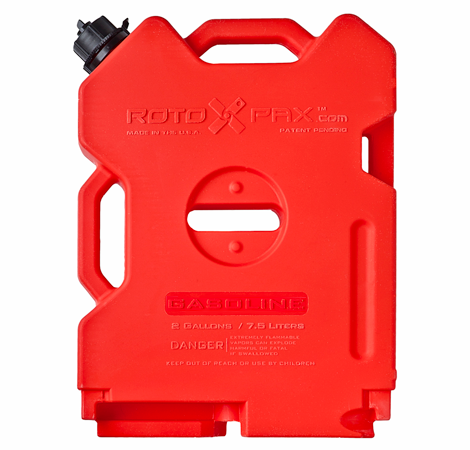
Rotopax Jerry Can
Best option for off-road use and easy storage
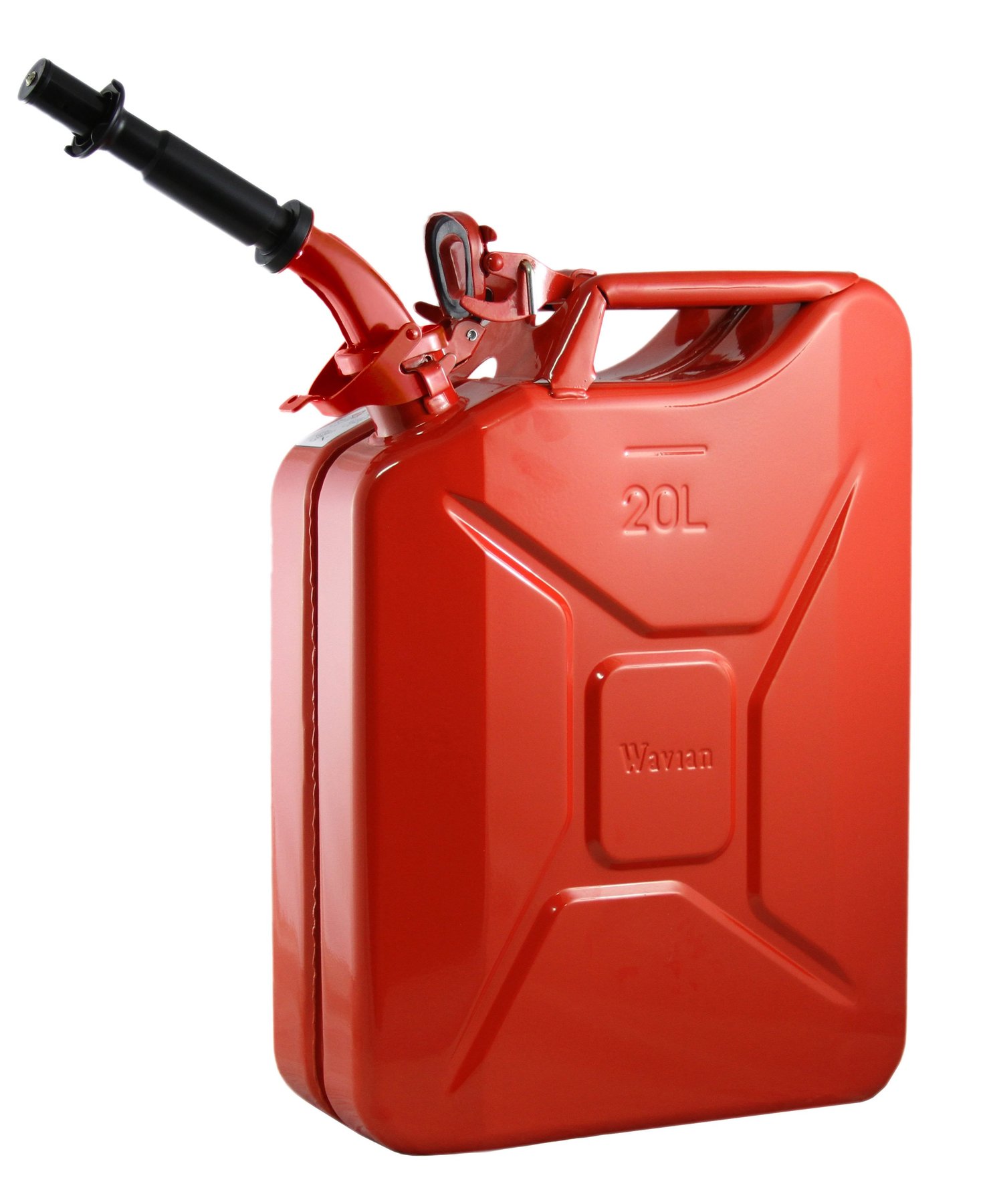
Wavian Metal Jerry Can
the most popular, durable fuel can for decades
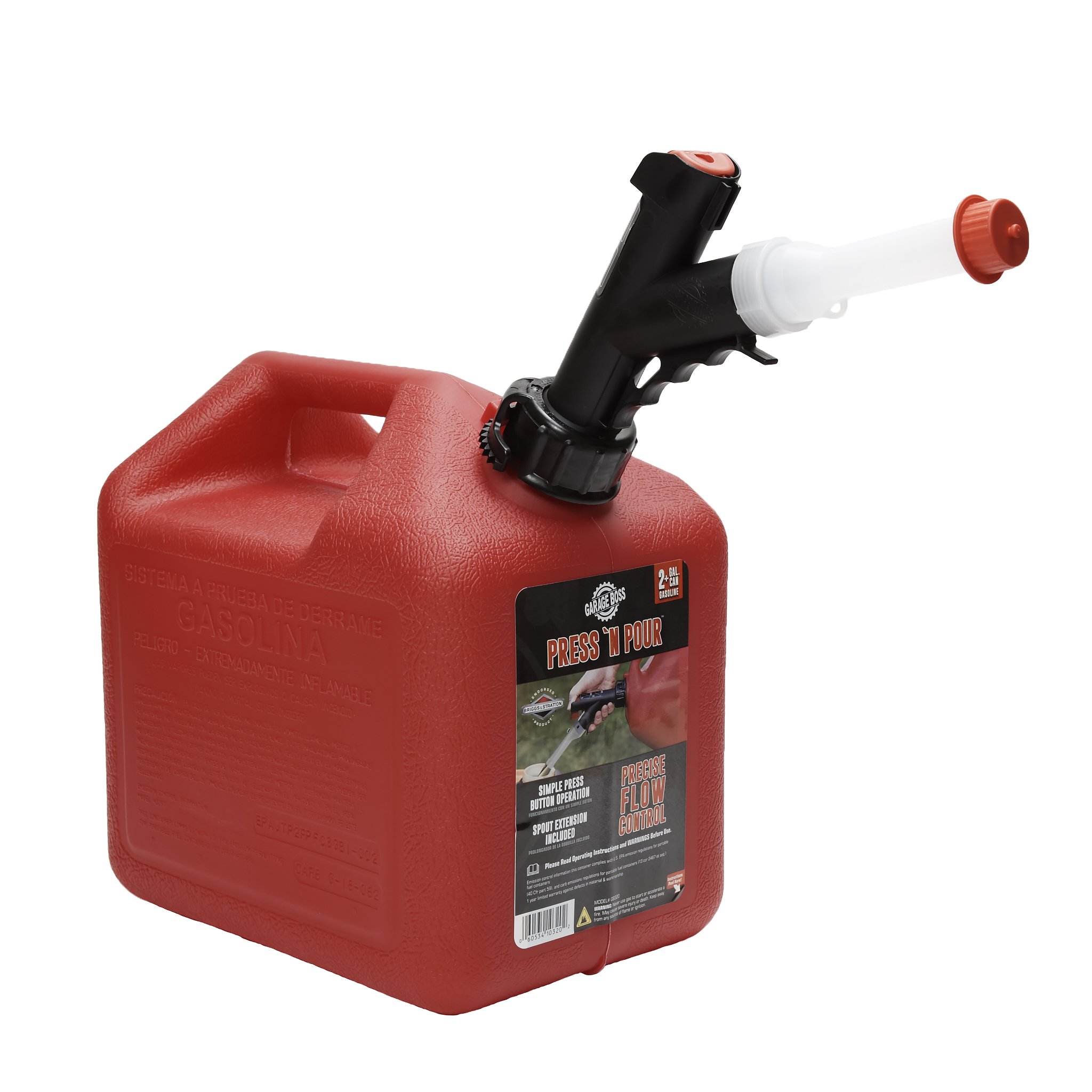
Garage Boss Fuel Can
Most affordable option
As an Amazon Associate we may earn from qualifying purchases
Articles You May Find Helpful:

